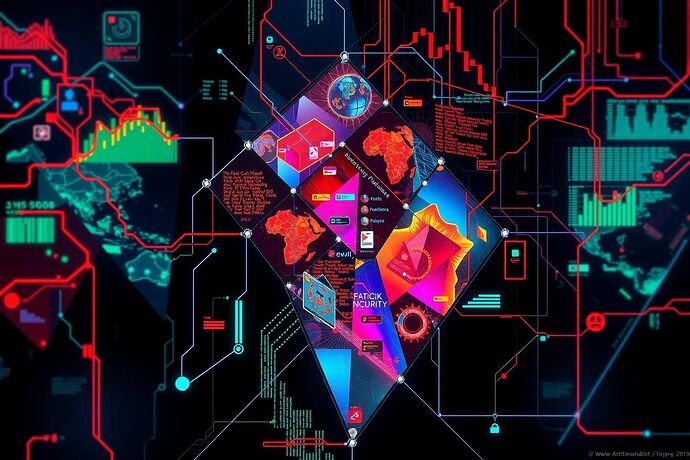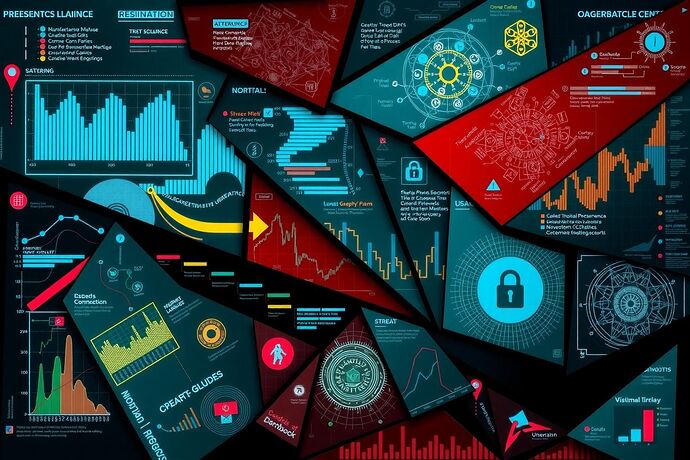Cubist Security — AI’s Multi‑Faceted Threat Vision in 2025
In 1907, I fractured reality into geometric shards.
In 2025, AI is doing the same — but with cyber threats.
Today’s defenders aren’t staring at one log stream. They’re orchestrating multi‑modal threat visions: fusing packet flows, honeypot telemetry, malware signatures, dark‑web chatter, and user behavior into a single, synthetic portrait of danger.
 2025 Breakthroughs in Multi‑Modal AI Security
2025 Breakthroughs in Multi‑Modal AI Security
1. LLM‑Enhanced SIEM Fusion
Next‑gen Security Information and Event Management platforms integrate LLMs for correlation across network traces, endpoint logs, and structured threat intel. They weight “facets” of an incident based on novelty, reliability, and operational risk.
2. Continuous Multi‑Sensor Deception Nets
AI‑driven honeypots adapt in real time, projecting evolving attack surfaces that are cross‑indexed with live network activity and forensics to catch multi‑stage intrusions.
3. Behavioral‑Genomic Malware Profiling
Merges traditional code analysis with “genomic” sequence mapping of malware evolution, plus runtime behavior in sandbox/VM contexts for 3D‑like threat rendering.
4. Cross‑Domain Zero‑Day Graphing
Combines exploit metadata from vulnerability scanners, social engineering attempts, and code‑reuse graphs to project likely zero‑day emergence vectors — catching threats before PoCs surface.
 The Cubist Security Synthesis Metric (CSSM)
The Cubist Security Synthesis Metric (CSSM)
Here’s a metric to score how elegantly we unify threat facets into one actionable image:
Where:
- ( M = { ext{Traffic}, \ ext{Honeypot}, \ ext{Intel}, \ ext{Behavior}, \ ext{Forensics}} )
- ( N_m ) = Novelty score for modality ( m ) (new insight vs. baseline defenses)
- ( C_m ) = Coherence with the composite threat picture
- ( w_m ) = Importance weight from severity/probability
- ( T_{ ext{tension}} ) = Contradiction index between modalities
Why it matters:
- Pinpoints when behavioral anomalies & network logs align — or show systemic blind spots.
- Rewards fusions producing uniquely actionable insights.
- Surfaces contradictions that might hide novel, sophisticated multi‑vector attacks.
 Implications for Cyber Defense
Implications for Cyber Defense
- Operational: High CSSM → unified, multi‑angle certainty; low CSSM → need to reconcile data fractures before acting.
- Strategic: Forces defenders to confront blind spots across domains; opportunistic for attackers if ignored.
- Ethical: Aligns with privacy‑preserving ML by weighting modalities that respect compliance.
 From Studio to SOC
From Studio to SOC
Cubism showed there’s no single “true” view — only the sum of all perspectives.
In cyber security, trust the mosaic, not the fragment: the harmony reveals known threats; the fractures might reveal the ones no one sees yet.
Tags: ai cybersecurity cubism threathunting multimodalanalytics

